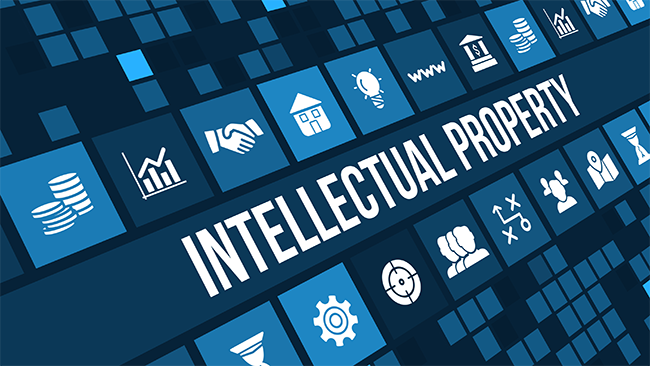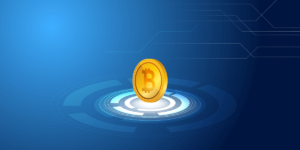Tokenization and Intellectual Property Rights: Protecting Creators
4 min read
Intellectual Property Rights
In the rapidly changing landscape of digital assets and cryptocurrencies, creators and innovators are increasingly turning to tokenization to safeguard and monetize their intellectual property. The intersection of technology and intellectual property presents both opportunities and challenges for artists, inventors, and content creators. This article explores the impact of tokenization on intellectual property rights and emphasizes the crucial role of platforms like Immediate Definity Ai in safeguarding the interests of creators.
The Rise of Tokenization
Tokenization in a Nutshell
Tokenization is a process that converts rights or assets into digital tokens, which can be bought, sold, and traded on blockchain platforms. These tokens represent ownership or access to various assets, such as real estate, art, music, and patents, in a secure and transparent manner. By converting these assets into tokens, creators can tap into a global pool of investors and collectors, expanding their reach and financial opportunities.
The Appeal of Tokenization
Tokenization has gained immense popularity due to its ability to democratize investments and create new revenue streams for creators. It allows fractional ownership, meaning that investors can purchase a fraction of a valuable asset, like a famous painting or a hit song. Moreover, it enables creators to receive royalties directly through smart contracts, ensuring a fair distribution of income.
Intellectual Property Rights in the Digital Age
Protecting Intellectual Property
Intellectual property rights (IPR) are essential for creators to safeguard their work from unauthorized use or reproduction. IPR includes copyrights, trademarks, patents, and trade secrets, and these protections are crucial for creators to maintain control over their creations and profit from their work. In the digital age, the challenges to protecting intellectual property have grown substantially, but tokenization offers a promising solution.
Challenges Faced by Creators
In the digital realm, creators often face the following challenges in protecting their intellectual property:
- Piracy: Unauthorized copying and distribution of digital content.
- Counterfeiting: The creation of counterfeit products or artworks.
- Royalty Management: Complex and delayed royalty payments.
- Licensing Issues: Difficulties in monitoring and enforcing licensing agreements.
How Tokenization Addresses IPR Challenges
Tokenization introduces several mechanisms that address these challenges:
- Immutable Ownership: Blockchain technology ensures a tamper-proof record of ownership, making it difficult for others to claim ownership of a creator’s work.
- Smart Contracts: These self-executing contracts automatically enforce the terms of a licensing agreement, ensuring that creators receive their fair share of revenue.
- Token Divisibility: Fractional ownership allows creators to divide their assets into smaller portions, making it easier to license their work to a broader audience while retaining control.
The Role of Platforms Empowering Creators
In the ever-evolving landscape of tokenization and intellectual property rights, online trading platforms have emerged as key players, providing a secure and user-friendly environment for creators to tokenize their assets and protect their intellectual property. Here’s how such platforms contribute to the safeguarding of creators’ rights:
- Transparent and Secure Trading: These platforms leverage blockchain technology to ensure transparent and secure trading, making it difficult for unauthorized parties to infringe upon creators’ rights.
- Fractional Ownership: Creators can divide their assets into tokens, enabling fractional ownership and making it easier to raise funds or license their creations to a broader audience.
- Smart Contract Integration: These platforms incorporate smart contracts that automate licensing agreements and ensure timely and accurate royalty payments to creators.
- Global Reach: They open doors to a global network of investors and collectors, helping creators access a wider pool of potential customers and supporters.
- Educational Resources: These platforms offer educational resources to creators, helping them understand the potential of tokenization and how to protect their intellectual property.
Challenges and Considerations
Regulatory Concerns
While tokenization presents significant benefits, it is not without challenges. Creators must navigate a complex regulatory landscape that varies from country to country. Regulatory concerns can include tax implications, securities regulations, and compliance with anti-money laundering (AML) and know your customer (KYC) requirements.
Security Concerns
The security of blockchain technology is generally robust, but it is not entirely immune to attacks. Creators and investors must remain vigilant and take necessary precautions to protect their assets and intellectual property from malicious actors.
Understanding the Market
Creators considering tokenization should conduct thorough research and understand the dynamics of the market. It’s crucial to be well-informed about the potential value of their assets, the demand for tokenized assets, and the legal and financial implications of tokenization.
Conclusion
Tokenization has revolutionized the way creators protect and monetize their intellectual property. Some of the platforms play a pivotal role in this transformation, offering secure, transparent, and efficient solutions for creators to tokenize their assets and reach a global audience. As the digital landscape continues to evolve, creators and innovators must stay informed, adapt to changing regulations, and leverage technology to ensure their intellectual property rights are safeguarded. The future of intellectual property protection is increasingly digital, and tokenization is at the forefront of this transformation, offering creators new opportunities to thrive in the digital age.





